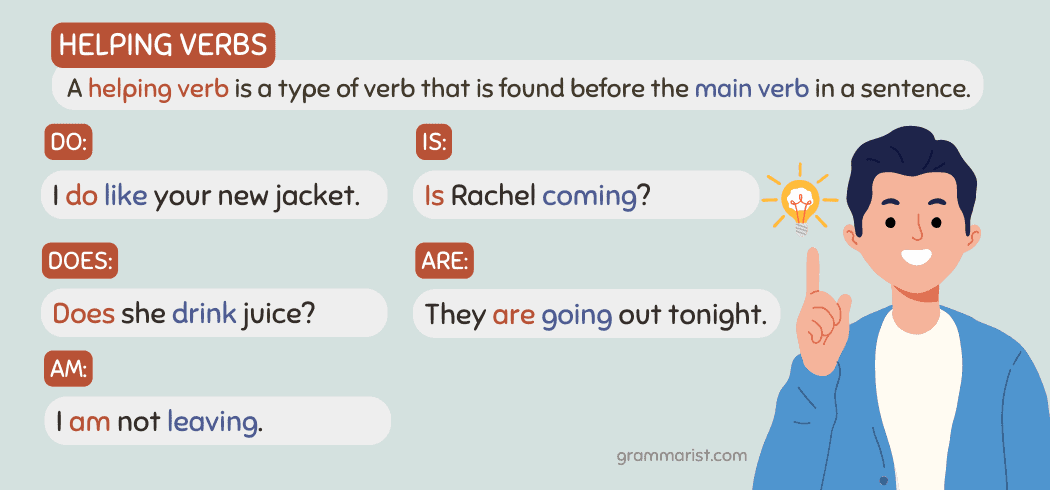Dissolve in Science: What It Means, How It Works, and How to Explain It
Overview: What does “dissolve” mean in science?
In science, to
dissolve
means that a
solute
becomes evenly dispersed within a
solvent
to form a homogeneous mixture called a
solution
. Put simply, the substance you add breaks down at the particle level and mixes uniformly so you can’t see separate pieces anymore
[1]
[2]
[3]
. In chemistry lessons, you’ll often encounter classic examples like salt in water or alcohols mixing with water, both illustrating uniform distribution at the molecular or ionic scale
[4]
.
Key terms: Solute, solvent, solution
– Solute : the substance being dissolved, typically present in smaller amount (e.g., table salt). The solute disperses at the particle level throughout the solvent [2] . – Solvent : the medium that does the dissolving and is usually present in larger amount (e.g., water in saltwater). The solution generally takes on the physical state of the solvent [4] . – Solution : a homogeneous mixture with uniform composition throughout. Once formed, the dissolved solute does not settle out under normal conditions [4] .

Source: es.learniv.com
What happens when something dissolves?
At the particle level, dissolving involves attractive interactions between solute particles and solvent molecules that overcome the forces holding solute particles together. For
ionic compounds
such as sodium chloride (NaCl), water can separate the crystal into ions-a process called
dissociation
-leading to aqueous Na+ and Cl− ions surrounded by water molecules
[1]
. For
molecular solutes
(like sugar), molecules disperse without forming ions, but still interact strongly with the solvent through hydrogen bonding or other intermolecular forces
[1]
. In everyday terms, dissolving means the material separates from itself and becomes completely mixed into the solvent-no visible grains remain
[5]
.
“Like dissolves like”: Polarity and miscibility
A core rule is “like dissolves like” : polar solvents tend to dissolve polar or ionic solutes, while nonpolar solvents dissolve nonpolar solutes. For instance, water (polar) dissolves table salt (ionic) and sugar (polar), whereas nonpolar solvents are better for oils and waxes. Liquids that mix uniformly in all proportions are called miscible (e.g., ethanol and water), and those that don’t are immiscible (e.g., oil and water) [4] .
Dissolution vs. dissociation vs. melting
– Dissolution : formation of a solution where a solute disperses in a solvent (may or may not create ions). Example: sugar dissolving in water yields dispersed sugar molecules. – Dissociation : separation of an ionic solid into ions upon dissolving in a solvent (e.g., NaCl(s) → Na+(aq) + Cl−(aq) in water) [1] . – Melting : a phase change from solid to liquid due to heating; no solvent is involved. A melted substance isn’t necessarily dissolved-it’s the same substance in liquid form. This distinction helps avoid a common misconception in early science learning [2] .
Factors that affect how fast something dissolves
While solubility (how much dissolves) is distinct from rate (how fast), several conditions commonly change the
rate of dissolution
:
–
Temperature
: Higher temperature typically increases dissolution rate by boosting molecular motion and collisions; for many solids in liquids, solubility also increases with temperature, though not universally
[4]
.
–
Stirring/agitation
: Increases contact between solute and solvent, speeding up dissolving (a kinetic effect)
[4]
.
–
Surface area
: Smaller particles expose more surface, leading to faster dissolving (e.g., powdered sugar vs. cubes)
[4]
.
–
Pressure (for gases)
: Higher pressure above a liquid increases the amount of gas that dissolves, consistent with gas solubility principles (e.g., carbonated beverages)
[4]
.
Real-world examples and applications
– Table salt in water : NaCl dissociates into Na+ and Cl− in water; the ions are stabilized by water’s polarity. This is foundational for electrolytes in biological and industrial contexts [1] . – Rubbing alcohol : Water and isopropanol are miscible, forming a uniform liquid mixture because of compatible polar interactions [4] . – Brass formation : Though not a liquid solution, brass is a solid solution of zinc in copper, showing that “solutions” can exist in solids as well (alloys). Discussions of dissolution principles often reference this to broaden the idea of homogeneous mixtures [4] . – Classroom insights (K-8) : Early science materials describe dissolving as substances mixing to form a solution, highlighting everyday contrasts-glue can dissolve in water, while Styrofoam does not in water-reinforcing how material properties and solvents matter [3] . – Plain-language explanation : Educational demonstrations emphasize that when something dissolves, it separates from itself and becomes fully mixed into the solvent so you can’t see it, a helpful way to communicate the concept to beginners [5] .
Step-by-step: How to demonstrate dissolving (at home or in class)
Goal : Show how temperature, stirring, and particle size affect dissolving. Materials : Two clear cups, water (cold and warm), table salt or sugar, a spoon, granulated and powdered forms (if available). Steps : 1) Fill one cup with cold water and the other with warm water. Add equal amounts of solute to each. 2) Stir one cup and leave the other unstirred. Observe how stirring speeds mixing. 3) Compare granulated vs. powdered solute in identical water conditions to see surface area effects. What to look for : Faster dissolving in warm, stirred, and finely powdered conditions, illustrating rate factors discussed above [4] . Tips : Use transparent glasses and backlighting to observe undissolved particles. Encourage learners to predict outcomes before each trial to reinforce concepts. Safety : For young learners, use food-safe solutes like salt or sugar and avoid hot water. Adults should handle heated liquids.
Troubleshooting and common misconceptions
– “If I can’t see it, it disappeared.” Correction: Particles are still present; they’re just dispersed too finely to see. Conservation of mass still applies in a closed system [2] . – “Dissolving is the same as melting.” Correction: Melting is a phase change due to heat; dissolving requires a solvent and forms a solution [2] . – “Everything dissolves in water.” Correction: Solubility depends on solvent-solute compatibility (polarity and intermolecular forces). Nonpolar substances may require nonpolar solvents; some solids are insoluble in water [1] . – “Salt just vanishes; there are no ions.” Correction: Ionic compounds dissociate into ions in aqueous solution; this is why salt solutions conduct electricity [1] .
How to explain dissolving to different audiences
–
Elementary learners
: “When something dissolves, it breaks into tiny pieces and spreads out evenly in the water so you can’t see it anymore.” Use simple examples like sugar in water and safe at-home experiments
[3]
.
–
Middle/high school
: Introduce polarity, miscibility, and rate factors (temperature, stirring, surface area). Contrast dissolving vs. melting and introduce the term
dissociation
for ionic solutes
[4]
[1]
.
–
General audience
: Connect to everyday contexts-sports drinks (electrolytes), cleaning (choosing the right solvent), and cooking (dissolving sugar faster by heating and stirring)
[4]
.

Source: pinterest.com
Actionable guidance to apply the concept
– To make a substance dissolve faster in safe, household contexts, you can gently warm the solvent, stir regularly, and use smaller particles, bearing in mind that some materials may still be insoluble in that solvent [4] . – When selecting a solvent for a task (e.g., removing a stain or adhesive), consider the “like dissolves like” principle: water for polar residues; a nonpolar solvent may be required for oily residues. For professional applications or safety-critical tasks, consult product safety data and follow official safety guidance from your organization.
References
[1] ChemLibreTexts (2020). The Dissolving Process, definitions, dissociation, and solution behavior. [2] Fiveable (2024). Dissolution: definition and foundational concepts for solutions. [3] Generation Genius (2024). Dissolve definition and K-8-friendly explanations and examples. [4] Study.com. Dissolution in Chemistry: definition, examples, and factors affecting rate. [5] eHowEducation (2014). What Does Dissolve Mean in Chemistry? Plain-language explanation.


